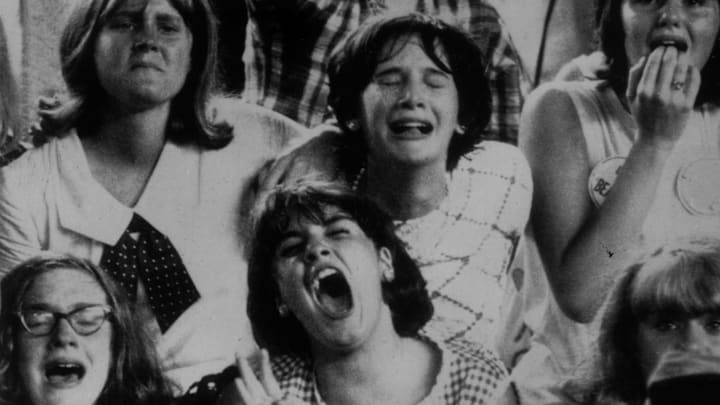1965, the year rock & roll changed. According to hardcore troubadour and country rock legend Steve Earle, 1965 was the year Bob Dylan decided he wanted to be the Beatles and John Lennon decided he wanted to be Bob Dylan. Dylan went electric. Lennon wrote “Norwegian Wood.” The gloves were off. Rock was no longer tightly proscribed into its set of tiny boxes. It could be blues or folk, electric or acoustic. It could be anything.
The albums that came out in 1965 – in addition to Dylan’s Bringing Back Home and Highway 61 Revisited and the Beatles’ Rubber Soul, read like the ’27 Yankees. A murderer’s row of titles from The Stones, The Who, The Beach Boys, The Byrds. Many of them released multiple albums. So did The Kinks and The Animals. And James Brown. And Otis Redding. I think you get the point. 1965 was a pretty good year for rock & roll.
It was so good, in fact, that plenty of sensational albums simply got caught up in the tide. They may have enjoyed some brief success upon release, but there was just too much coming and it was coming fast. A lot of awesome records have been largely forgotten.
Five remarkable albums from 1965
Let’s set about correcting that, shall we? At least in a small way. I won’t try to run through every first-rate album from 1965 that could use some rediscovery (Sir Henry & His Butlers, anybody?). I’ll just pick five to begin with. If you like rock & roll, you’ll like discovering – or perhaps re-discovering – these albums. That’s a promise.
Take a Heart by the Sorrows
Guitarist Pip Whitcher put together The Sorrows along with some friends from Coventry before the Beatles hit it big. They picked up on the harder R&B edge of the lads from Liverpool. That style was soon dubbed Freakbeat. Whitcher was a good guitarist and songwriter, and he found in Don Fardon one of the best singers of the early rock era. They released their one and only album in 1965, titled after a popular single they had released a year before.
“No, No, No, No,” written by Whichter and Fardon, could easily have been a Beatles song. They also co-wrote the softer “We Should Get Along Fine,” which may be a little too sappy for its own good, and “I Don’t Want to Be Free,” which is a first-rate rocker, no questions asked. They could be a little silly – there’s an inexplicable Donald Duck voice on the single version of “Come With Me” – stick to the straightforward blues-rock workout on the album.
Their big hit – “Take a Heart” – was written by songwriter/producer Miki Dallon. It shows off the great blues groove The Sorrows could achieve, along with Fardon’s superb vocals and Whichter's careening guitar. Dallon also wrote “She’s Got the Action,” a tight little mod rocker, and “Let Me In,” another first-rate blues tune that allows Whichter more room to run wild.
After that first album, Dallon launched his own label, Young Blood, and brought Fardon along for a solo run. Eventually, he would hit big with “Indian Reservation,” and his paean to George Best, “Belfast Boy.” As for The Sorrows, Whichter replaced Fardon and bass player Phil Packham, but further success eluded them. At least in the UK. They moved to Italy and continued as a popular live band.
Continued on next slide...
